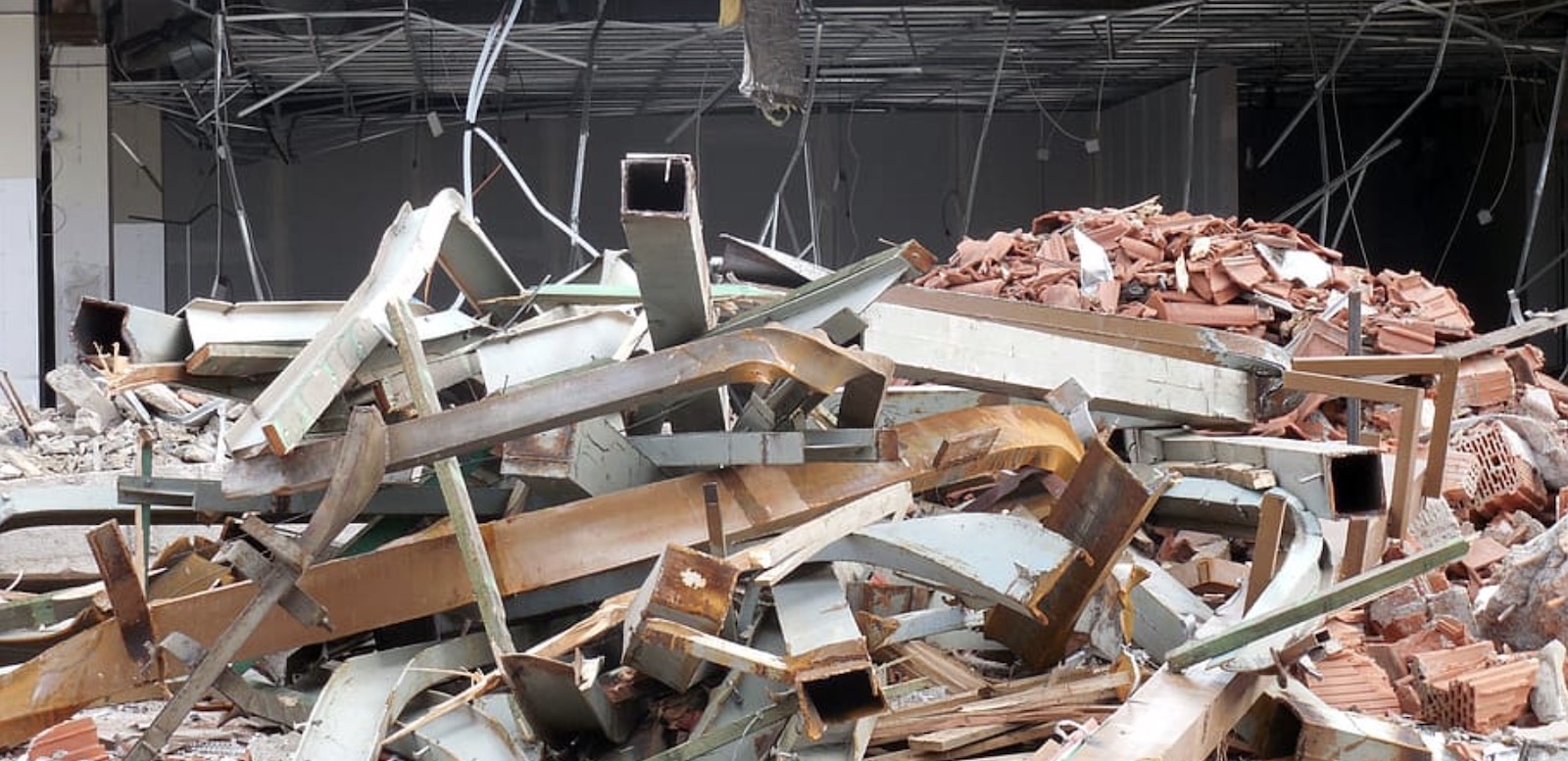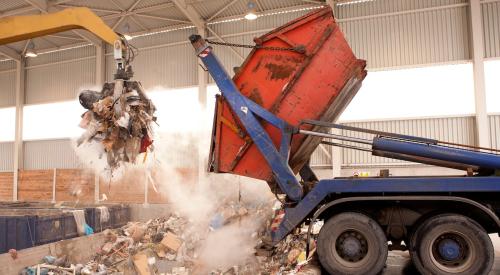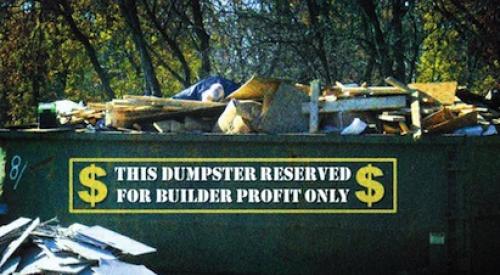For some builders, jobsite waste is an afterthought. Many just rent the dumpster, throw the waste in and forget about it.
The NAHB Research Center reports that the average builder pays $511 per house for waste disposal. The average construction jobsite is also reported to dispose of more than 8,000 pounds of material, or the equivalent of 50 cubic yards in volume (see table, below).
Get to Know Your Jobsite Garbage
To understand the amount and type of waste your jobsites generate, start by taking a good look in your dumpsters. By routinely reviewing your waste stream, you can spot which materials your crews could be using more efficiently.
Wood accounts for 40 to 50 percent of residential construction waste. It also offers the most opportunities to reduce material waste and reuse the materials you previously threw away. Wood can be recycled for mulch and used in composting operations, animal bedding, landfill cover, some building products and as an industrial fuel source. In some instances, it may be less expensive for you to recycle wood than throw it away.
For many of these applications, the adhesive content of engineered wood products such as plywood, oriented strand board (OSB), or wood I-beams are a concern. Up to 50 percent of wood waste can be engineered wood product waste, so you need to ask local wood waste processors if they can take this type of wood off your hands. Wood treated to resist termites or moisture must also be handled and processed separately.
Drywall comprises another 15 percent of site waste. Ninety-five percent of new construction drywall waste can be recovered and turned into new wallboard, according to the Washington State Department of Ecology. As a result, an increasing number of drywall manufacturers are installing technology for recycling. You will need to contact your drywall manufacturer to learn the recycling options available to you, but the onus will likely be on you to transport the gypsum to a recycling center or directly to the manufacturer. You also have the option to donate the drywall to a nonprofit recycling operation.
One Way to Deal With Waste: Grind It Out
Delany Rossetti Construction of Atlanta used ground up wood, drywall, cement and stone on a recent landscaping project.
"It's probably costing us a little less," says Jerome Rossetti, co-owner of Delany Rossetti. "It's a little bit more labor and you are renting the grinders, but you're going to pay even more for the dumpsters and hauling."
Before you start grinding material for landscaping, you will want to check with local authorities. Some require evidence that the soil and water will not be harmed. However, this is not necessarily an excessive burden. Some local environmental agencies may only ask for plans that the material will be pulverized into pieces that are a ½ square inch or smaller and spread evenly over soil in areas with adequate drainage.
To make small pieces, a low-speed, low-noise, mobile grinding unit is best suited for on-site service. In some areas, you can rent these units for as little as $50 per day, depending on the size of the unit and the amount and type of material you will grind.
You may also use the grinder on cardboard waste in this manner, which could significantly reduce your waste volume. Although cardboard may not contribute much to the weight, it can represent as much as 30 percent of the total volume.
Besides potential financial savings, this may help you receive green certifications on the property, including the developing Leadership in Energy and Environmental Design for Homes certification through the U.S. Green Building Council.
Bring in Recycling Pros
Sometimes, the best option is professional recyclers. John Rimondi, owner of Crestco, offers on-site recycling and environmental services to builders in the Atlanta area.
Construction waste recycling management companies can turn framing package waste into mulch; gypsum powder can be ground into a soil amendment; and bricks and blocks can be used as fill in driveways or as decorative rock.
Through regular visits, the waste recycling and management company reduces day-to-day waste on-site and improves its overall appearance. This has greater significance in high-density, infill situations where builders deal with close neighbors and tight-knit communities.
The cost of these services varies greatly depending on the community, but it's worth your time to check it out and see if recycling is a cost-effective alternative for you.
For help assessing potential recycling costs and finding local professionals and resources, contact:
- Your local waste haulers; recyclers; building product manufacturers; landfill operators and owners; and solid waste officials
- Your local home builder association
- Your local green building program
Use Not, Waste Not: Using Less Material Means Less Waste
The best way to manage your construction waste is to use less material up front. Panelized components, structural insulated panels and modular systems all generate less waste because they're prefabricated.
With stick framing, you can reduce waste through optimum value engineering, an approach to framing that optimizes the amount of lumber used. In addition to saving materials, OVE techniques reduce labor costs and improve the structure's energy performance.
The Partnership for Advancing Technology in Housing is administered by the U.S. Department of Housing and Urban Development.
Typical Construction Waste Estimates for a 2,000-Square-Foot Home
| Material | Weight (in pounds) | Volume (in cubic yards)* |
| Solid Sawn Wood | 1,600 | 6 |
| Engineered Wood | 1,400 | 5 |
| Drywall | 2,000 | 6 |
| Cardboard (OCC) | 600 | 20 |
| Metals | 150 | 1 |
| Vinyl (PVC)** | 150 | 1 |
| Masonry*** | 1,000 | 1 |
| Hazardous Materials | 50 | - |
| Other | 1,050 | 11 |
| Total | 8,000 | 50 |
| *Volumes are highly variable due to compressibility and captured air space in waste materials. **Assuming three sides of exterior clad in vinyl siding ***Assuming a brick veneer on the home's front facade Sources: NAHB Research Center; Toolbase.org |
||
Construction Waste Resources
- Sustainable Management of Construction and Demolition Materials
- EPA construction waste resources and reports













